A wide variety of voluntary ecolabeling schemes have appeared in recent years to help businesses striving to meet consumer demand for more sustainable products and services. However, environmental claims will only help consumers if they are based on scientific evidence and can be trusted.
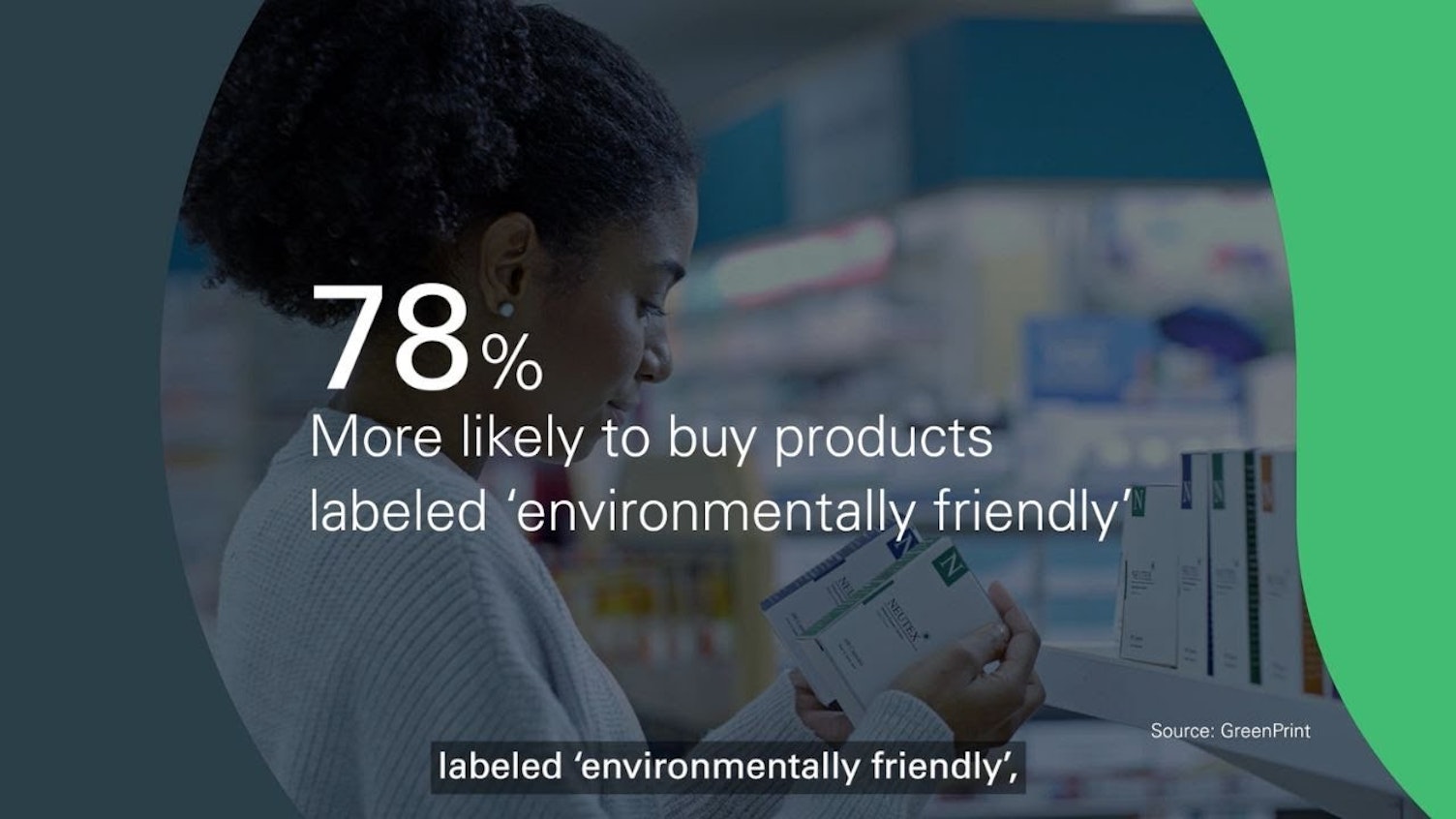
SGS green marks – environmental claim certification and verification
Our independent assessment scheme, based on recognized standards such as ISO 17065, ISO 17029, ISO 14065 and ISO 14021, ensures your product has passed all defined criteria, allowing you to differentiate your product in fractured markets. All protocols include a clearly defined product scope and certification/verification criteria, leaving the consumer in no doubt as to the meaning of the environmental claim. Focusing on just one attribute per mark allows you to more clearly communicate your product’s positive environmental aspects to consumers.

Recycled Content
Displays the percentage of certified recycled content (minimum 5%), as assessed against ISO 14021 or EN 15343.
Significance:
State and country requirements for a minimum percentage recycled content in packaging and products are growing.
Retailers and brands are seeking to increase the recycled content of products to meet carbon neutral commitments.
Example products:
- Plastic packaging, fabrics/apparel, plastic toys/products
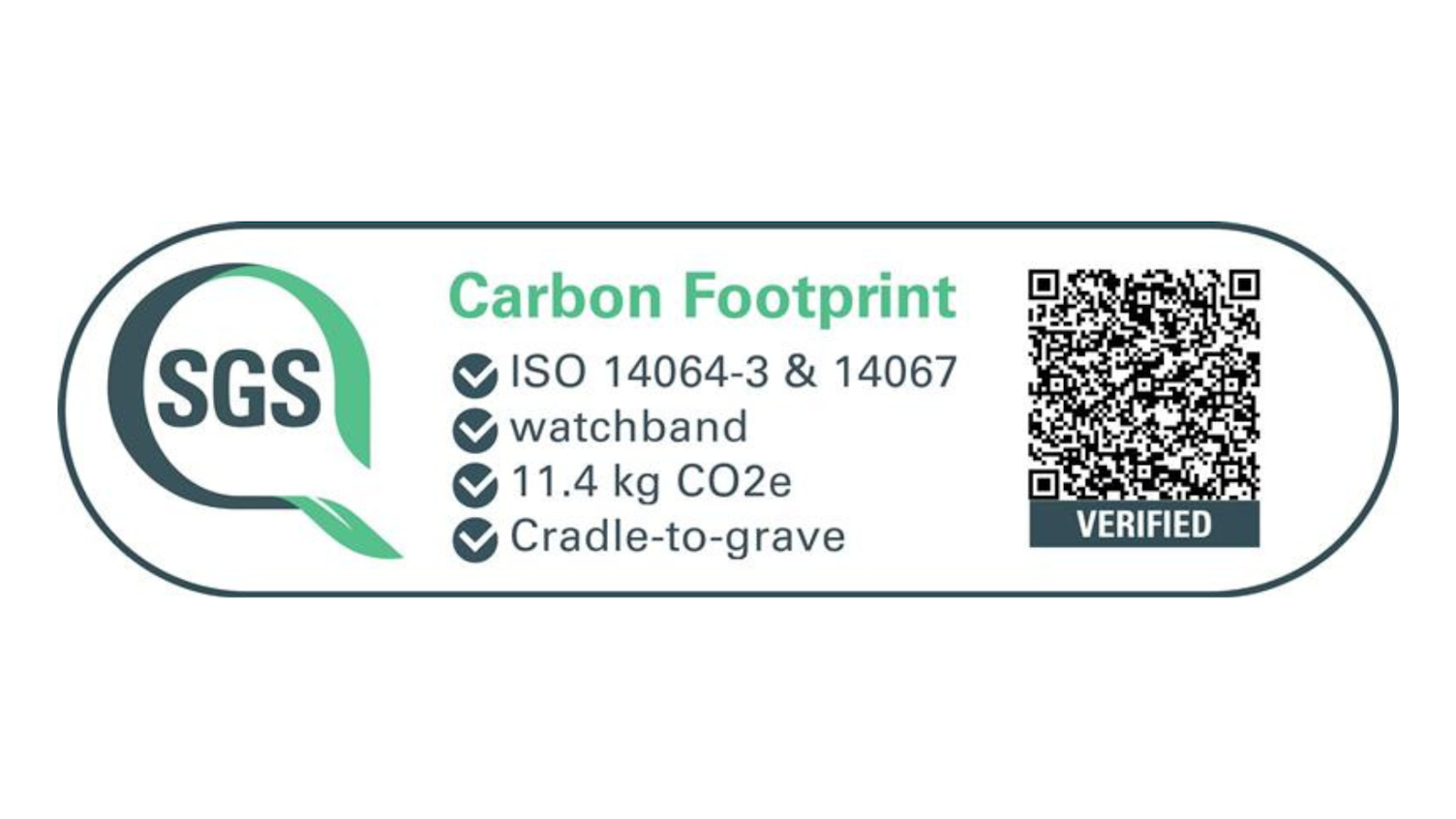
Product Carbon Footprint
Communicates the product carbon footprint (PCF), expressed in carbon dioxide equivalent (CO2e) per product, unit or mass, relating to greenhouse gas emissions/removals along the stated product life cycle.
Significance:
Allows clear communication of the GHG emissions associated with a product’s life cycle.
Measurement of GHG emissions is a key first step to reducing the climate change impact of product and this assessment facilitates that improvement.
Example products:
- Sports equipment, shoes, office chairs
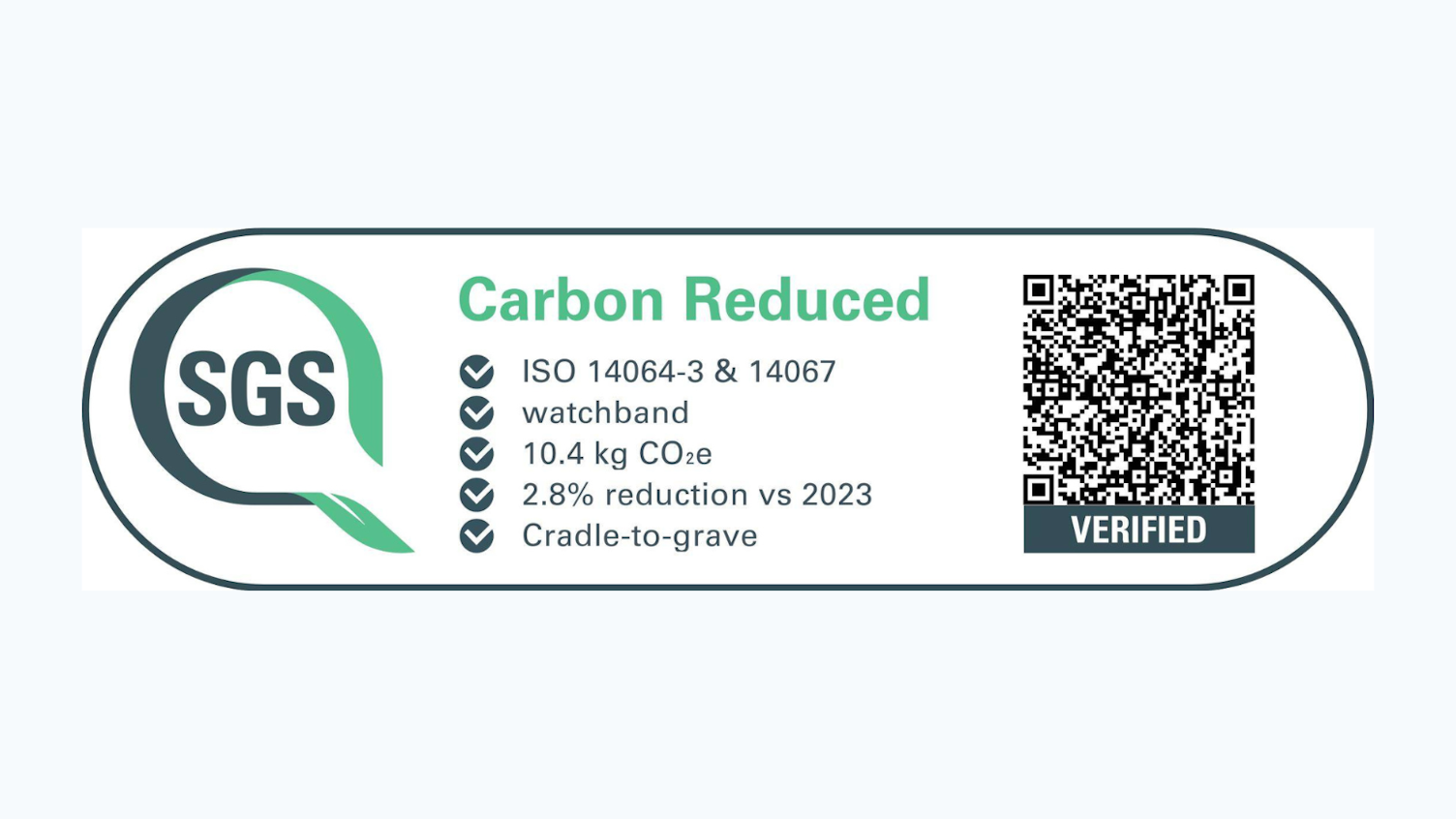
Carbon Footprint Reduced
Displays a reduction in PCF (amount and percentage) in comparison with the PCF measured in the previous assessment.
Significance:
Allows clear communication of the current greenhouse gas (GHG) emissions associated with the life cycle of a product and the percent reduction from a previous version or production method.
Demonstrates that improvements have been made to reduce the climate change impact of the product and quantifies them.
Example products:
- Sports equipment, shoes, drinking glasses
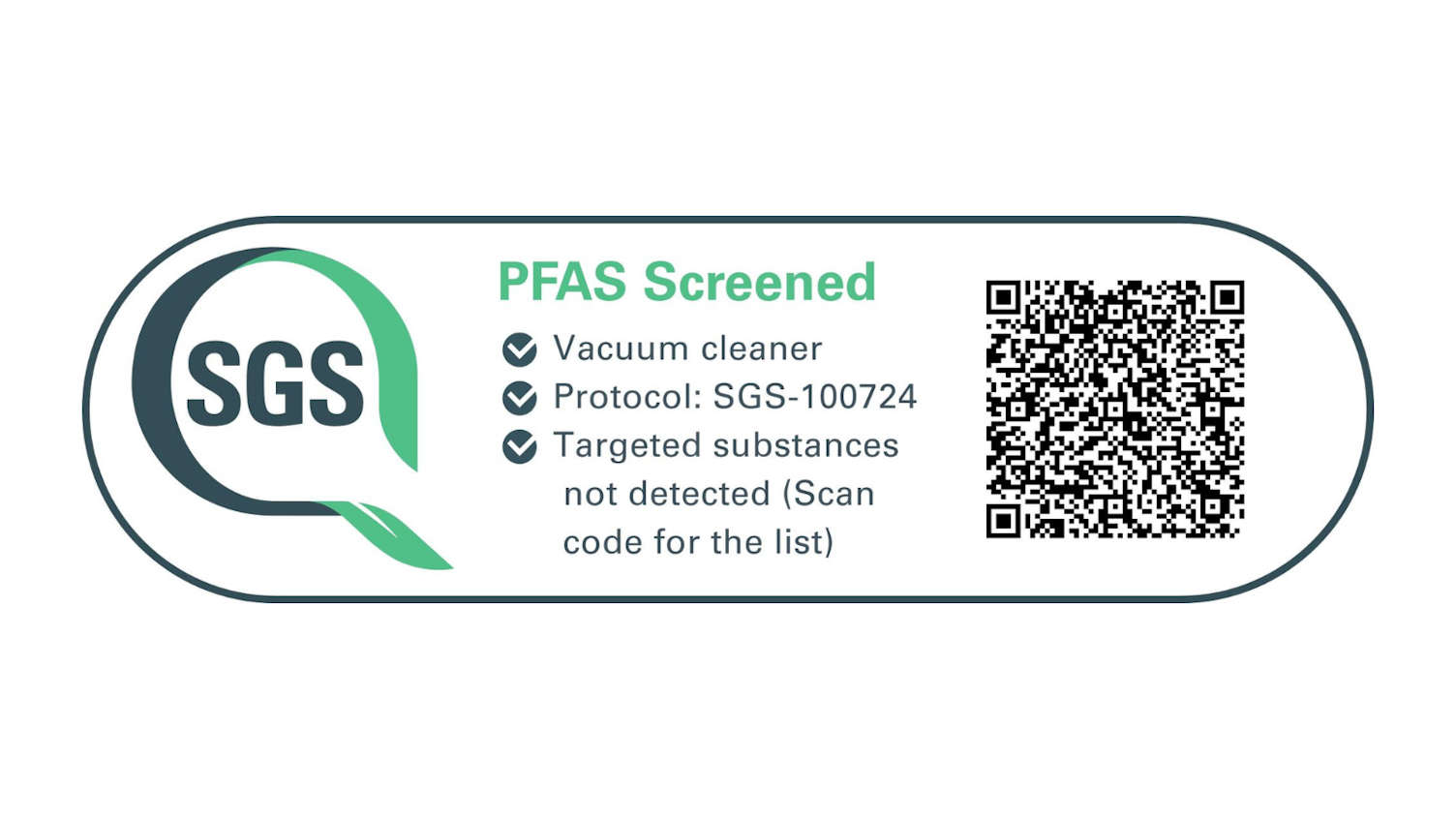
PFAS Screened
Previously known as the “PFAS Assessed” green mark, the name has been updated to “PFAS Screened” to more accurately communicate not just measurement, but also the level of screening out based on test results. The mark indicates the product or material meets criteria (non-detection) relating to a selected list of per- and polyfluoroalkyl substances (PFAS) based on market concerns, actual usage and regulatory considerations. Not applicable to fluoropolymers.
Significance:
Highlights the better chemistry of a product or packaging.
Aligns with the trend of eliminating PFAS “forever chemicals” from both products and packaging across many industries.
Example products:
- Non-stick cookware, water resistant clothing, food contact packaging

Biobased
Material has a minimum of 30% total carbon based on dry mass. This mark states the percentage of biobased carbon content once a minimum of 20% biobased carbon is met.
Significance:
Can support the move away from petroleum-based materials.
Some companies target the use of biobased materials.
Example product:
- Bio-based plastic toys

Hazardous Substances Assessed (HSA)
Meets specific criteria relating to over two hundred high risk substances of environmental concern.
Significance:
Highlights the better chemistry of a product.
Aligns with the trend of eliminating problematic/toxic/bio-accumulative chemicals from products.
Example product:
- Polyester/cotton shirts

PVC Free
Evaluated in accordance with the SGS PVC free testing protocol, using the total chlorine screening method and/or PVC content analysis method to demonstrate the lack of PVC.
Significance:
Companies have worked to phase out PVC in packaging, to avoid recycling stream contamination.
Environmental concerns over vinyl chloride which is used to make PVC.
Example product:
- Data cables (jacketing material)
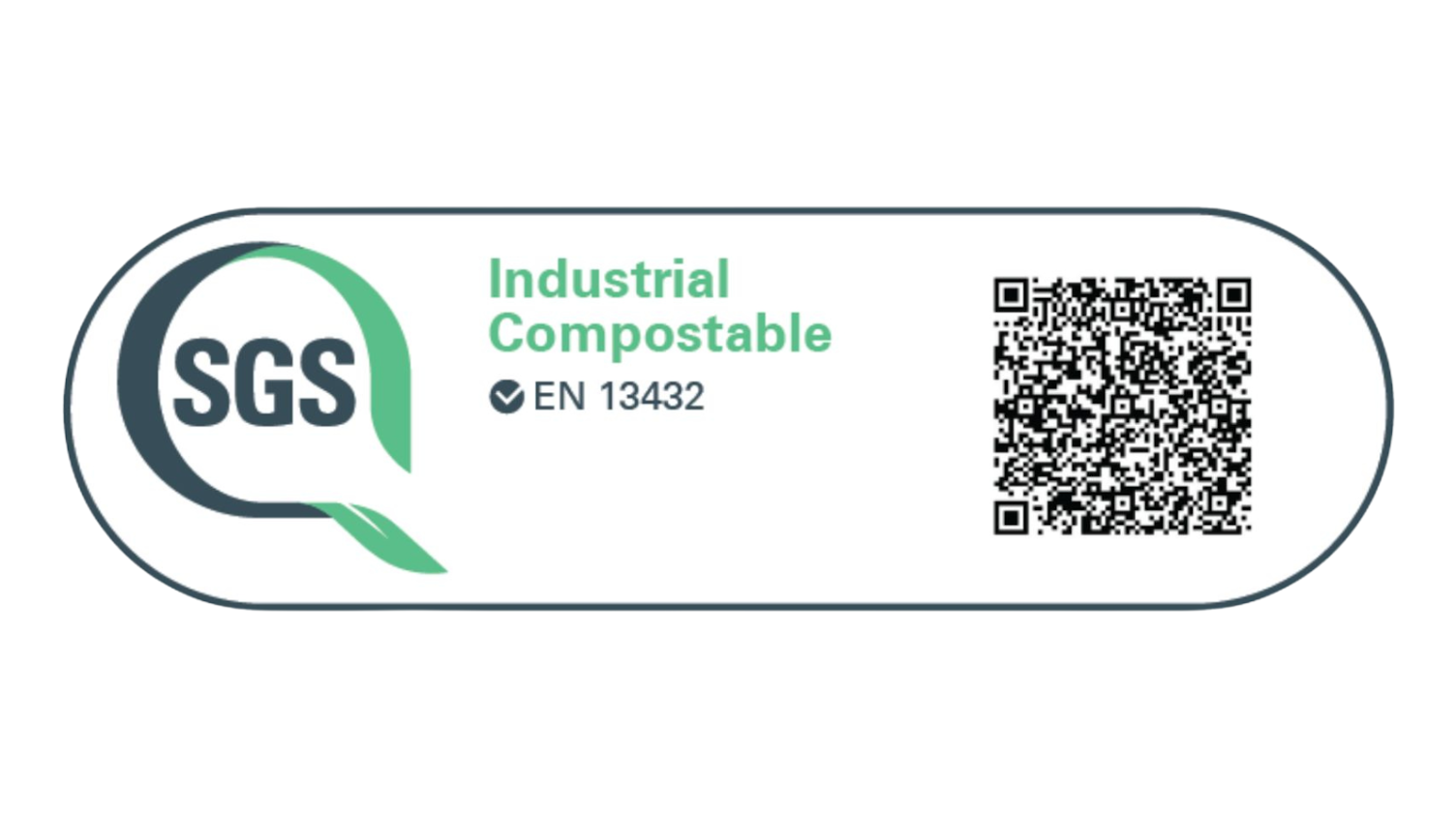
Industrial Compostable
Confirms that the percentage of aerobic biodegradation is greater than 90% during the test period not exceeding six months, and unproven constituents do not exceed 5%.
Significance:
Companies have made commitments to make packaging recyclable, reusable or compostable by 2025.
Some US cities are expanding composting programs and infrastructure.
Example product:
- Compostable food service ware

Biodegradability
Confirms the material has a minimum biodegradable level of 60% over a maximum period of 180 days and communicates the percent biodegradation.
Significance:
For specific applications and regions where biodegradability is harmonized with appropriate product use and disposal. It can reduce waste sent to landfill or remaining in the environment.
Example product:
- Biodegradable flower transfer pots
What are the benefits of SGS green marks?
Products certified/verified under our program will gain global recognition via SGS green marks. These marks can be used on the product, packaging and in promotional materials and advertising to show end-users that the environmental claim is certified or verified by SGS.
All marks have a QR code that allows consumers to confirm that the mark and claim are authentic. Additionally, each mark will provide consumers with a link to a quick summary of the specifics of the certification.
Other specific benefits include:
- Provides third-party credibility to single-attribute environmental claims, facilitating trust and confidence
- Reduces the risk of greenwashing
- Differentiates your product from the competition
- Visualizes corporate commitment to ESG and leadership in green product development
- Facilitates access to new customers and markets
- Enhances brand image
Disclaimer
The SGS Environmental Claim Certification/Verification Scheme, commonly known as SGS green marks, represents a portfolio of specialized certification and verification services, each designed to indicate a specific environmental attribute. Each mark has a clearly defined scope and limits and is granted only after a rigorous, pre-defined assessment process. This process may include testing against relevant standards, risk assessments and ongoing audits at set intervals. SGS green marks signify the precise, targeted evaluations for the attributes outlined by the green marks pictured above.
SGS continuously monitors the use of SGS green marks to prevent misuse, such as deceptive trade practices, fraud and false advertising. While third-party certification offers assurance, product owners remain responsible for all claims and must not mislead consumers or make false marketing claims.
All claims must respect the following principles:
- Claims must be clear and unambiguous
- Claims must be truthful and accurate
- Claims must not omit or hide important relevant information
- Comparisons must be fair and meaningful
- Claims must be substantiated
SGS green marks align with the requirements of the European Union’s Green Claim Directive, the U.S. Federal Trade Commission (FTC), international standards such as ISO 14021, and industry best practice. The FTC mandates that third-party certification marks must not imply general environmental benefits or be misleading. Product owners should maintain records to substantiate any claims made through certification and must use clear, prominent qualifying language to indicate that the certification pertains only to the specific environmental attribute.
SGS green marks are additional to country- and market-specific requirements. Individual countries and trading blocs may have restrictions on labeling or additional labeling requirements for specific claims, so product owners and manufacturers should ensure that all legal requirements are met.
